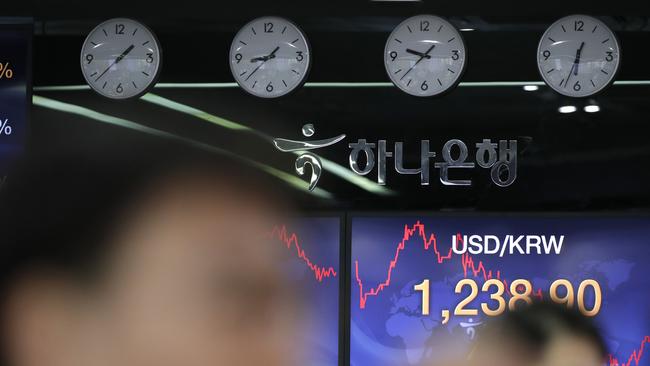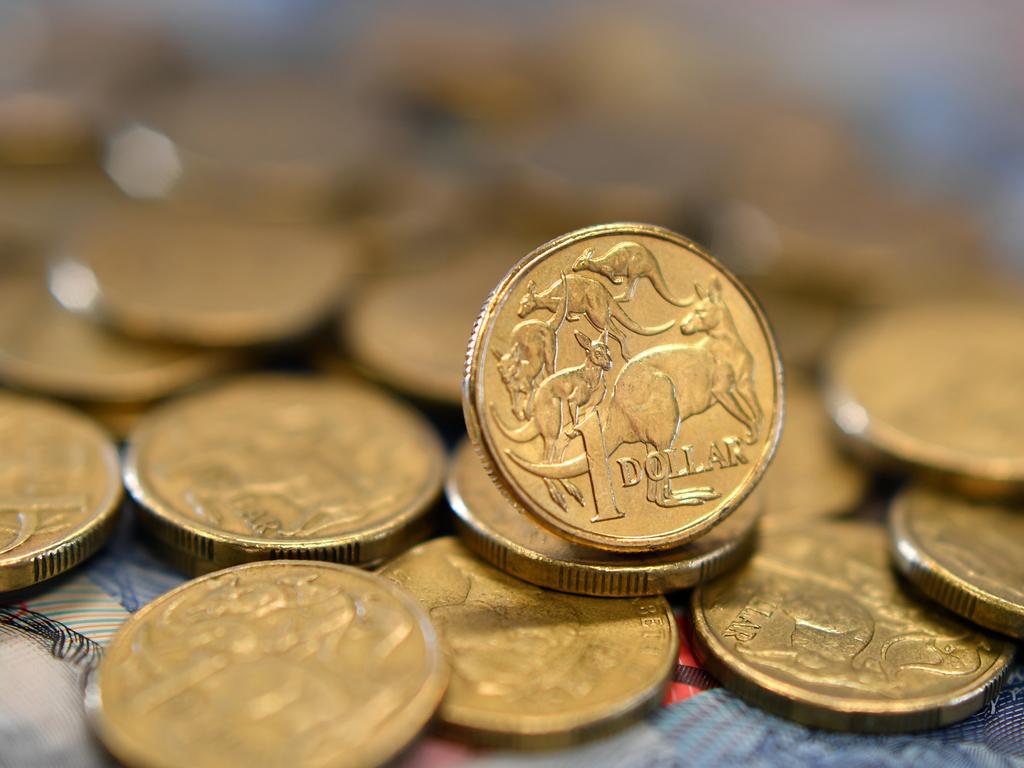The games behind the rise in the Australian dollar
Every so often our dollar is the subject of big-player speculative games. In March it was punished. This time it’s been boosted.

Australians with overseas investments or trading in foreign currencies need to appreciate that every so often our Australian dollar is the subject of big-player speculative games, which can cause substantial fluctuations.
We saw a classic illustration of these games last March and now in May-June it is happening again. But whereas in March the Australian dollar was punished, in May-June it’s been boosted.
The May/June rise in the Australian dollar – including Friday’s five-month high of breaking US70 cents – has been driven first by strong overseas buying from institutions that have substantial investments in emerging countries. Normally they protect those investments via hedges related to the currencies where they have the investments.
But this time they have chosen the Australian dollar as their protection currency and so, for the first time for some years, our currency has performed much better than most emerging country currencies.
The institutions have been attracted to the Australia dollar by our strong government, our low COVID-19 infection rate, iron ore demand and concern with what is happening in America.
It was a different story three months ago when our currency arm was unpopular among international institutions. And that unpopularity provided the backdrop to the March currency game that unfolded.
Australia’s major industry superannuation funds and other institutions have made substantial overseas investments, including shares and infrastructure. In some funds they have reached 40 per cent of funds under management involving tens of billions of dollars. These long-term investments have been very rewarding but carry a currency risk. Most of the funds decided to hedge about half of that currency risk.
Foolishly a number of the funds entered into three months hedges, which mean that every three months if the Australian dollar rose the funds received a “cheque” from the investment banks.
But if the dollar fell the funds sent the banks a “cheque”.
In December 2019, a large number of three months currency hedges were taken out at around US69 cents. By March 15 the dollar had fallen to around US60 cents—a sickening 13 per cent drop. Accordingly, the superannuation funds and other institutions sent large sums off to the investment banks, which reduced fund liquidity at the same time as the government was announcing the ability of members to withdraw funds.
Some of the funds found that because the value of their overseas shares and assets had fallen sharply they then had too much “ currency protection”. So they unloaded surplus “protection”, which effectively meant selling Australian dollars. The overseas investment banks saw them coming and the Australian dollar slumped to below US56 cents and many of the institutional sales were around that level.
Once the funds had sold, the dollar returned to around US60 cents. The big overseas investment banks who run currency books thought the Australians were manna from heaven.
Fast forward to May-June and with the dollar higher smiling institutions, instead of paying the banks a currency “cheque”, they received one back.
But there was a snag. Those institutions which sold down the Australian dollar at around US56 cents in March suddenly looked at the rising values of their overseas investments and the rise in the Australian dollar and realised they were now under-hedged. They had made a serious mistake in selling their Australian currency at such a low point in the market.
Not wanting to be trapped again on the trigger date of June 15 some of the institutions began buying the Australian dollar in late May and early June at levels much higher than their March sale. When combined with global institutional support we’ve seen a strong rise in the currency.
Hopefully the Australian institutions, including superannuation funds, will have learnt from what happened in March and May-June and will structure their currency hedging on a much longer term basis – perhaps on a rolling monthly arrangement over one or two years.






To join the conversation, please log in. Don't have an account? Register
Join the conversation, you are commenting as Logout